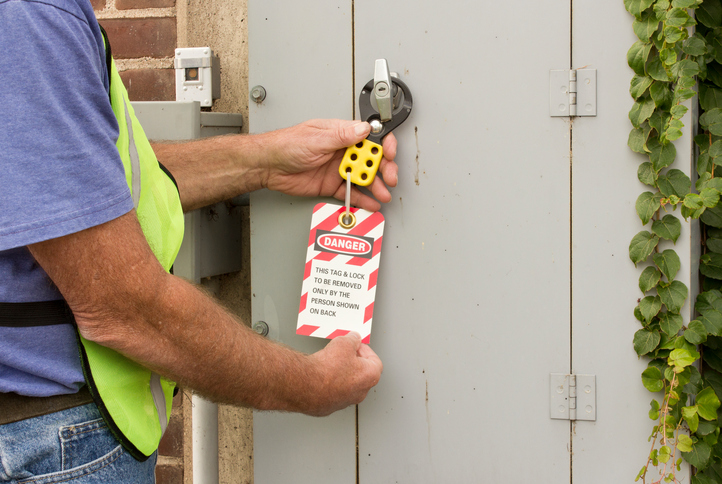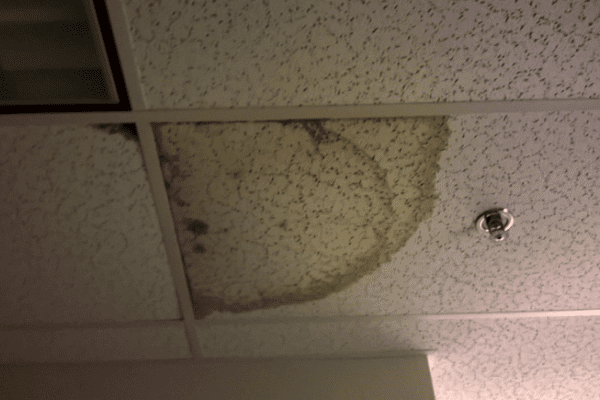In 2017, OSHA issued 2,877 citations for missing or inadequate lockout/tagout compliance, making this one of the top 5 industrial safety violations of the year. Lockout/tagout procedures are required to protect workers from hazardous energy. When lockout/tagout procedures are missing or inadequate, hazardous energy releases can lead to severe injury and death. Here’s what you need to know to avoid citations and keep your workers safe.
What Is Hazardous Energy?
When most people hear “hazardous energy,” they think of electricity. Electricity can be a form of hazardous energy, but it’s not the only one covered by OSHA standard 1910.147. Other hazardous energy sources may include mechanical, hydraulic, pneumatic, chemical, thermal, or any other source coming from machines and equipment.
These energy sources may result in serious injury or death to workers when unexpected startup or release of stored energy occurs during servicing and maintenance activities. Some examples of hazardous energy release include:
- A steam valve is released while workers are repairing a downstream connection in the pipe, and they are burned by the steam
- A jammed conveyor system suddenly releases, cutting a worker who was attempting to clear a jam
- A short in a wire shocks a worker when equipment is not disconnected from the electrical system prior to maintenance
Workers injured by hazardous energy lose an average of 24 days of work for each incident, and some never return to work at all. A simple lockout/tagout procedure can prevent both the financial and the human cost of these injuries.
What Is Lockout/Tagout?
Lockout/tagout is the most common way to protect workers from hazardous energy. It refers to the specific practices and procedures that ensure that hazardous energy sources are turned off or disconnected (Lockout) during maintenance and service activities that could result in harm to a worker in the event of unexpected energy release; and, the affixing of secure locks/devices (Tagout) to isolate the energy source, that can only be released by the employee placing the “Tagout” device.
What Does the OSHA Standard Require?
OSHA requires that all employers identify potential sources of hazardous energy on the work site, and establish procedures to protect employees. For each potential source, the standard specifies that employers must:
- Develop, document, implement, and enforce energy control procedures
- Use only lockout-tagout devices authorized for the particular equipment or machinery and ensure that they are durable, standardized, and substantial
- Ensure that lockout/tagout devices identify individual users
- Establish a policy that permits only the employee who applied a lockout/tagout device to remove it
- Inspect energy control procedures at least annually
- Provide effective training as mandated for all employees covered by the standard
- Comply with the additional energy control provisions in OSHA standards when machines or equipment must be tested or repositioned, when outside contractors work at the site, in group lockout situations, and during shift and personnel changes
Lockout/tagout procedures are an important part of every industrial workplace, where hazardous energy sources are common. To learn more about your obligations and how to stay in compliance, download OSHA’s fact sheet.
For help identifying your hazardous energy sources and developing procedures for compliance, you can speak with one of our experienced industrial hygienists right now.






